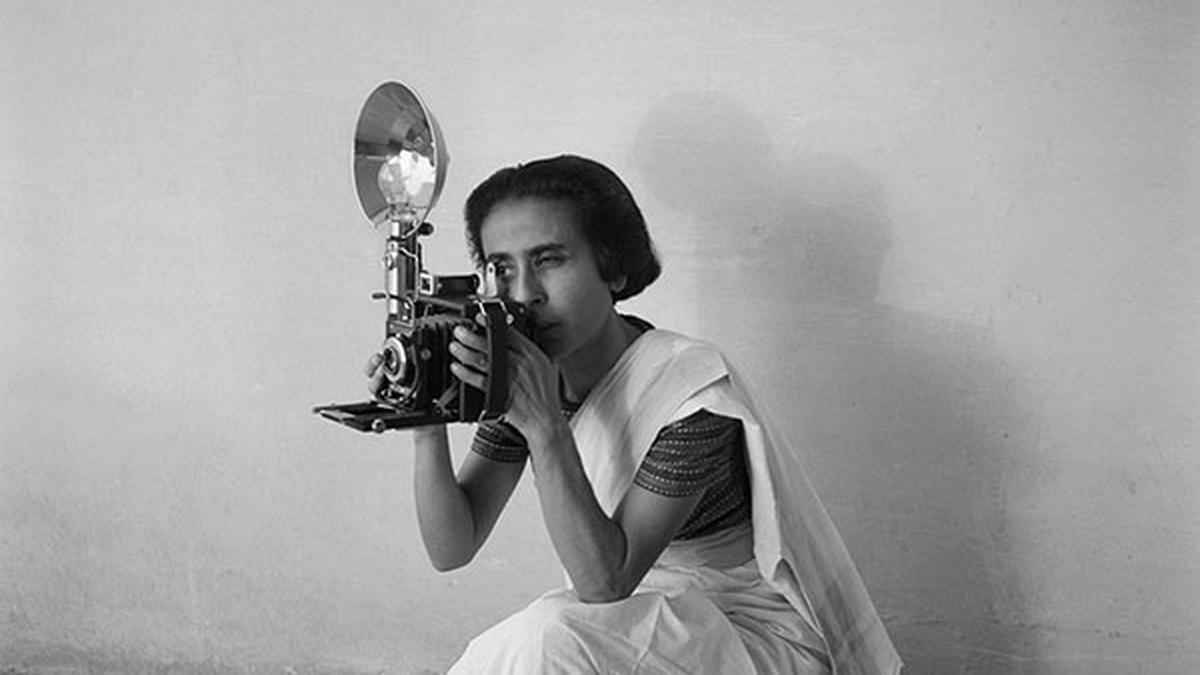Lifestyle
Celebrating Homai Vyarawalla: India’s Trailblazing Photojournalist

Homai Vyarawalla, India’s first female photojournalist, captured pivotal moments in the country’s history through her lens, from the tumultuous era of independence to the vibrant cultural tapestry of post-colonial India. Born in 1913 in Gujarat into a Parsi family, Vyarawalla defied societal norms to become a prominent figure in a male-dominated field, leaving a legacy that continues to inspire future generations.
Her remarkable career began in the 1940s, a time when few women ventured into photography. Vyarawalla gained early experience under her husband, Maneckshaw Vyarawalla, an established photographer for The Times of India. Initially publishing her work under his name to navigate the gender biases of the industry, she eventually adopted the pseudonym Dalda 13, a name that would become synonymous with her unique perspective.
Documenting a Nation in Transition
Vyarawalla documented significant events such as the final days of British rule in India, the first Republic Day parade in 1950, and the arrival of the Dalai Lama in 1956. Her photographs captured not only political figures like Mahatma Gandhi and Jawaharlal Nehru but also the everyday lives of ordinary Indians. One of her most iconic images shows jubilant crowds surrounding Lord Mountbatten during the independence celebrations on August 15, 1947.
Her work with the British Information Services allowed her to document both daily life and the chaos brought on by World War II. Vyarawalla’s keen sense of human emotion enabled her to convey the zeitgeist of the time, making her photographs not just images, but historical artifacts that encapsulate the essence of a nation in flux.
Vyarawalla’s contributions received international recognition, with her work published in prominent magazines such as Life and SPAN. She became a respected figure not only in India but also abroad, showcasing the rich tapestry of Indian culture and politics through her lens.
Pioneering Gender Equality in Photography
As the first female photojournalist in India, Vyarawalla shattered stereotypes and paved the way for future generations of women in journalism and the arts. Frequently the only woman in press pools, she faced both skepticism and intrigue. Yet, her professionalism and artistic talent garnered respect from political leaders and peers alike.
Despite her success, Vyarawalla left the profession in 1970, disillusioned by the rise of paparazzi culture and its invasive approach to personal lives. After the passing of her husband in 1969, she retreated from the public eye, eventually settling in Baroda, Gujarat. In her later years, she worked with the National Gallery of Modern Art in Mumbai, curating her collection and mentoring young photographers.
Vyarawalla’s legacy extends beyond her photographs. She received numerous accolades, including the Chameli Devi Jain Award for Outstanding Women in 1998 and India’s second-highest civilian honour, the Padma Vibhushan, in 2011.
Her life’s work serves as a beacon of inspiration for those pursuing non-traditional career paths, highlighting the importance of resilience and creativity in overcoming obstacles. Homai Vyarawalla’s contributions to photography and journalism are not merely a collection of images but a profound narrative of India’s journey through one of its most transformative eras.
-

 World5 months ago
World5 months agoSBI Announces QIP Floor Price at ₹811.05 Per Share
-

 Lifestyle5 months ago
Lifestyle5 months agoCept Unveils ₹3.1 Crore Urban Mobility Plan for Sustainable Growth
-

 Science4 months ago
Science4 months agoNew Blood Group Discovered in South Indian Woman at Rotary Centre
-

 World5 months ago
World5 months agoTorrential Rains Cause Flash Flooding in New York and New Jersey
-

 Top Stories5 months ago
Top Stories5 months agoKonkani Cultural Organisation to Host Pearl Jubilee in Abu Dhabi
-

 Sports4 months ago
Sports4 months agoBroad Advocates for Bowling Change Ahead of Final Test Against India
-

 Science5 months ago
Science5 months agoNothing Headphone 1 Review: A Bold Contender in Audio Design
-

 Top Stories5 months ago
Top Stories5 months agoAir India Crash Investigation Highlights Boeing Fuel Switch Concerns
-

 Business5 months ago
Business5 months agoIndian Stock Market Rebounds: Sensex and Nifty Rise After Four-Day Decline
-

 Sports4 months ago
Sports4 months agoCristian Totti Retires at 19: Pressure of Fame Takes Toll
-

 Politics5 months ago
Politics5 months agoAbandoned Doberman Finds New Home After Journey to Prague
-

 Top Stories5 months ago
Top Stories5 months agoPatna Bank Manager Abhishek Varun Found Dead in Well









